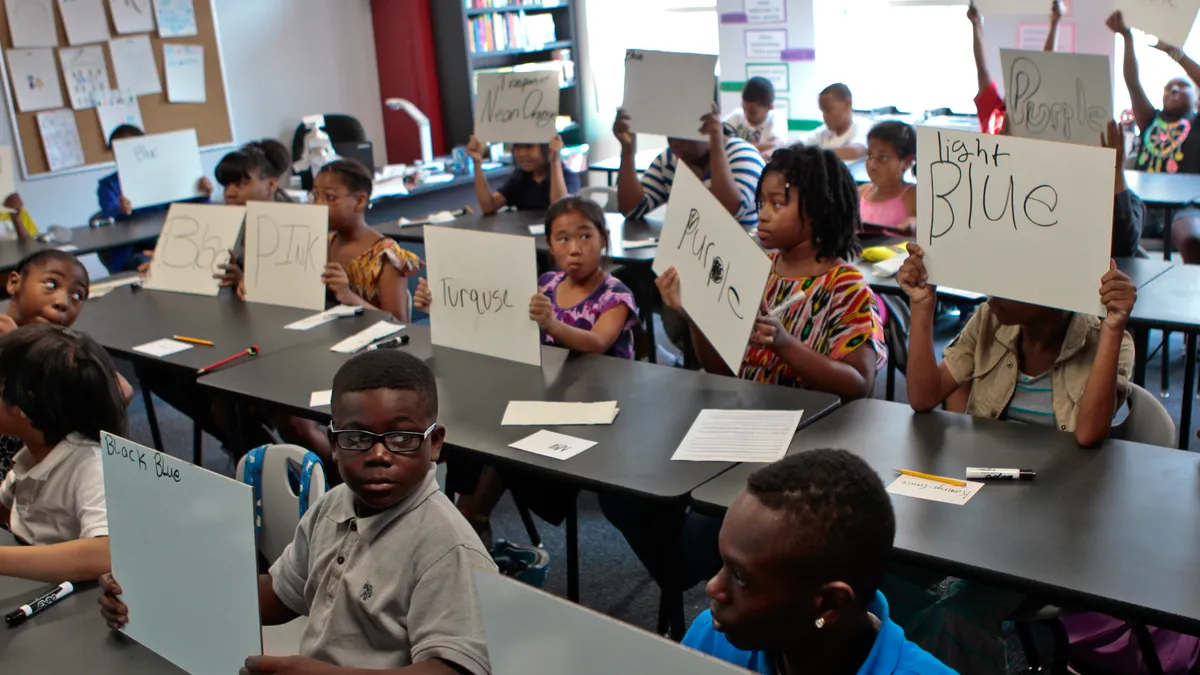Dive Brief:
- The New York City Department of Education will adopt a culturally responsive curriculum, according to the Wall Street Journal. The vote took place last week during a meeting that drew both supporters and opponents.
- The move, championed by Chancellor Richard Carranza, is welcomed by some parents who think the measure will lead to greater inclusion. Critics say the move takes energy away from teaching math, science and reading, and could pit parents from different backgrounds against each other.
- The hope is that culturally sensitive curriculum will help remove ingrained patterns of bias, but critics say these efforts come at the cost of improving test scores. Advocates argue that if students connect with the curriculum in a cultural way, their interest in the content will grow.
Dive Insight:
The focus on inclusion continues to grow as schools across the nation become more diverse, and culturally responsive approaches are among the ways to make curriculum more relevant for students. In New York City schools, the district's School Diversity Advisory Group also wants the district to hire a chief integration officer to improve school diversity.
Recently released data shows that black and Hispanic students, which make up 70% of the enrollment in city schools, received only 10.5% of the invitations to the city’s elite specialized schools. Admission to those schools is based on results for the Specialized High School Admissions Test. Integration efforts include a new system in which students applying for 11 middle schools in Brooklyn are no longer screened on categories such as test scores, absences and being tardy, which has been viewed as discriminating against black and Latino students.
Breaking down racial barriers is one of New York’s Chancellor Carranza’s top priorities. Carranza, who was an English learner student in school, says it's important for students to see diversity both in the school and in the curriculum. Schools also need to do more to understand how heritage and culture fit into a students’ view of the world and leverage that to help them learn, he has said in the past.
Recent reports, however, suggest that many schools lack books and other materials that feature people of color and that the teaching standards in most states don't provide clear descriptions of what it means to be culturally responsive over the course of a teacher's career.







 Dive Awards
Dive Awards





